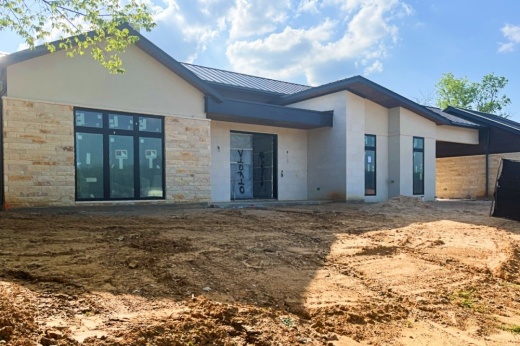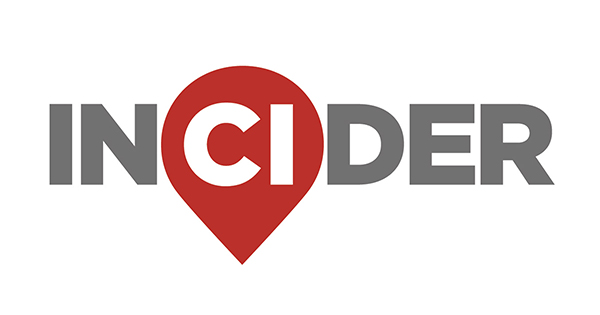North Texas has seen properties spend a longer time on the market and an increased supply of houses to purchase, according to data from the Collin County Area Realtors organization.
By the numbers
According to data collected by the Collin County Area Relators, there were several notable year-over-year changes in various portions of the metro area.
- Three of the four ZIP codes in Frisco saw a decrease in the average home sales price when compared to April of last year.
- The number of homes sold decreased in all ZIP codes across the areas of Flower Mound, Highland Village and Argyle in April.
- Three of the four area ZIP codes in Colleyville, Southlake and Grapevine had a drop in median sales price year-over-year.
- The number of homes sold decreased year over year in five out of six Plano ZIP codes in April.
- There were 82 homes sold in Richardson in April 2025, down from 116 in April 2024.
In an interview with Community Impact, Realtor Newman Dalton of Keller Williams Realty in Southlake discussed some of the changes the market is seeing this summer for both buyers and sellers. Dalton posts content on his YouTube page, The Roof List, looking at the DFW housing market. Answers have been edited for length, style and clarity.
What have you seen so far in the past five to six months in the difference in the housing market?
We're not necessarily going through a recovery in terms of ... going to go back to where things were in 2020, 2021, 2022; I think we're actually going through more of a correction. What I mean by that is, typically, where it doesn't look as though we're going back to 2.5% or 3% mortgage rates. We're probably going to be settling back into normal. If you look at the last 40 years, ... between 1981 and 1983, mortgage rates got up to 18% and that was one anomaly on one end. Then the completely other end was what we saw in [20]21 and [20]22 with the lower mortgage rates, whereas the average is 7.42%. If you look at it that way, we're actually below average with a positive equity forecast. It's actually looking like a market correction, maybe leaning toward more of a buyer's market.
What leads to the market becoming a buyer's market?
If you look at the kinds of metrics, I would say price drops. Some homes are experiencing price drops on listings in the area. The other thing is days on market. If you have price drops, [if] you have long days on market, then you've got a little bit more bargaining power on the side of buyers. Say somebody has a home that's listed for $500,000, it's been on the market for 35 days, whereas in previous years, the days on market average was 20 days. You've got an indicator that the person who's interested in selling is probably going to be up for a little bit of negotiation. They've already dropped the price, and they're on the market for a while.
Are we seeing more days on the market overall?
The days on market are longer than they have been in the last few years. In Tarrant County, that's where I do the lion's share of my business, ... the current average days on market is 23 days, and that is plus 21.1% over this time last year. It's a pretty big deal.
Is there anything that correlates to that trend right now?
The way that correlates is probably affordability concerns, the memory of much smaller mortgage rates. You've got some some built up tension where more people are putting their homes on the market, which means you've got a little bit more inventory. If you have that, plus buyers who are hesitant due to economic situations, then they're going to be slower to pick up those homes that are on the market.
Do you see that kind of changing back to be a seller's market, or do you think this is what it might look like for the next few months?
It would be hard for me to know what's going on. What I typically try to tell people is, I can react to data that's already there, then just kind of use that to think through what might happen. I hate to ever try to actively predict anything for folks, but what I will say is that if we're looking at month's supply in Tarrant County, we have 3.9 months of supply, and that is plus 25.8% over this time last year. The month supply has been ticking up a little bit since 2022 so there are peaks and valleys, but the overall trend line is an increase in months of supply.
When you say a month's supply, what does that mean?
A month supply refers to the number of months it would take for the current inventory of homes on the market to sell, given current sales trends.
If somebody wants to sell a home, what are things you kind of recommend they do, or what should they do before they list it?
You want to make sure that your home is in a good state of repair. Pay attention to the details. I was at a home, showing some folks the house. The seller had done, I want to say, approximately $20,000 worth of structural repairs, but then there was an [heating, ventilation and air conditioning] vent in the ceiling. There was one of those vents that was missing, so it's a hole in the ceiling. While the seller had spent all that time and money correcting their foundation and other things, all the person in the home could see was that missing air vent. That kind of mentally negated everything else. Just making sure your home is in a good state of repair is going to make you a lot more competitive. Whereas, maybe a few years ago, when homes were selling like hotcakes, if you had that vent missing, the buyer would just replace it.





